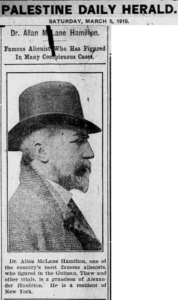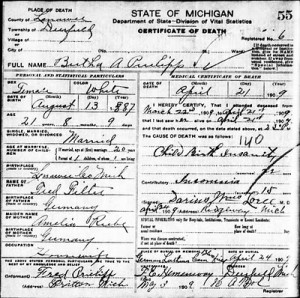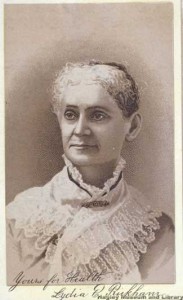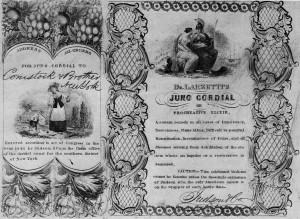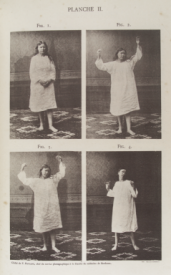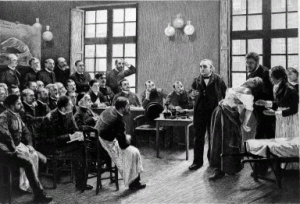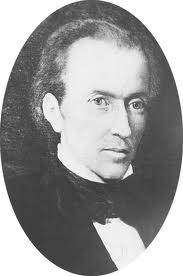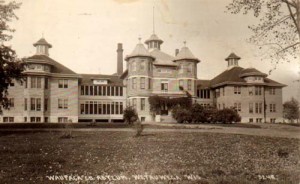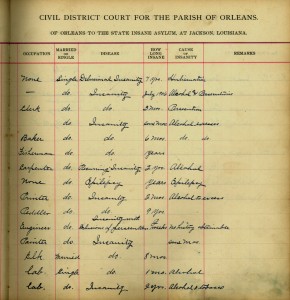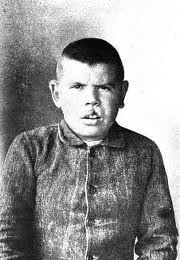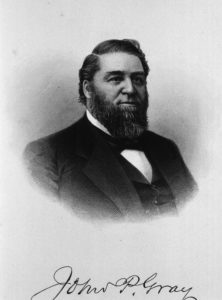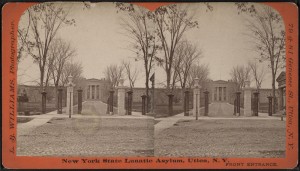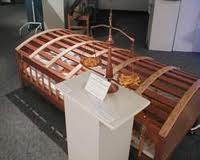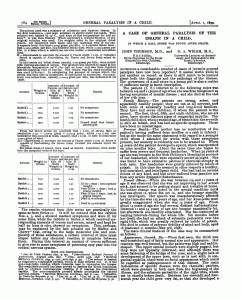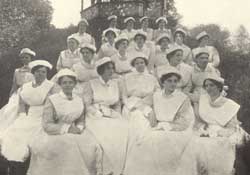
Missouri State Hospital Nurses, circa 1914, courtesy Missouri State Archives
Many superintendents took the opportunity to observe their patients and write about them, both to enhance their own reputations and to share information with colleagues. The American Journal of Insanity was the most important publication superintendents wrote for, since it had a wide readership among fellow alienists. The titles of their works show far-ranging subject matter:
“The Care of the Insane” by Charles Wagner, Superintendent of Binghamton State Hospital in New York.
“The History and the Use of the Term Dementia” by G. Alder Blumer, Medical Superintendent, Butler Hospital in Rhode Island.
“Night Nurses for the Insane” by C. R. Woodson, Medical Superintendent, Missouri State Hospital.
“The Favorable Modification of Undesirable Symptoms in the Incurable Insane” by A. B. Richardson, Superintendent, State Hospital, Columbus, Ohio.
In his quarter-century tenure as superintendent at the Canton Asylum for Insane Indians, Dr. Harry Hummer wrote one article about insanity: “Insanity Among the Indians.” He read this piece during the 1912 session of the American Medico-Psychological Association, and it was included in the four-volume work, The Institutional Care of the Insane in the U.S.A. and Canada, published in 1916.
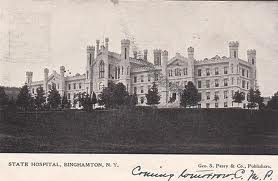
Binghamton State Hospital

Butler Hospital for the Insane
______________________________________________________________________________________
